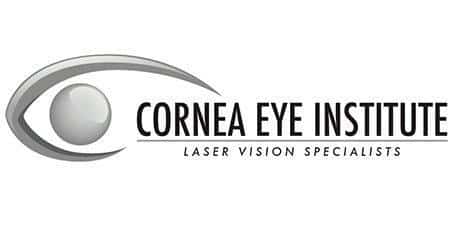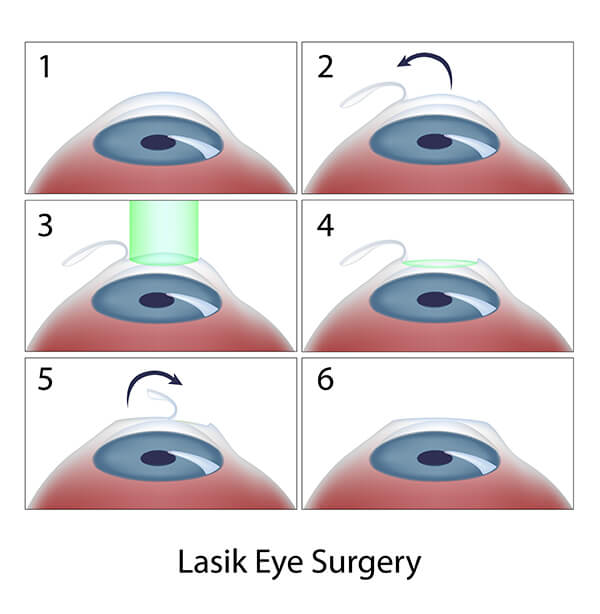

If your vision issues are causing you frustration, Cornea Eye Institute can help. At the practice, Dr. Gaster offers innovative, effective laser vision correction including the popular LASIK® surgery option for all patients throughout the Beverly Hills, California area.

Laser vision correction is a type of ophthalmological operation used to correct a person’s vision. The most frequently used procedure, and what a person typically thinks of, is LASIK®. This stands for laser in-situ keratomileusis. The surgery can help patients who are nearsighted, farsighted, or those who have astigmatism. The surgery effectively reshapes the cornea, the front, clear portion of the eye, in order to help light to travel through it and hit the retina the way that it should. LASIK® is the most popular choice for laser vision correction.
During the procedure, a thin flap in the cornea is made using a femtosecond or microkeratome laser. The flap is lifted away and the corneal tissue is reshaped using a separate laser. When the cornea is reshaped it can focus light as it should onto the retina, helping the person to see clearly. The corneal flap is then placed back in its correct position and the surgery is complete.
Many benefits can be experienced by patients with LASIK® such as:
In most cases, the patients’ eyes can feel dry, however, they may not always feel that way. Dr. Gaster will give patients eye drops to prevent any infections from developing and to also reduce inflammation. The drops also provide moisture as well. The drops may burn slightly when they are first used and vision can blur slightly for a few moments. It is recommended that patients only use drops that have been suggested by the ophthalmologist. After the procedure, vision can be blurry or a bit hazy for the first day or so and should then start to show the improvements. Dr. Gaster will evaluate how the patient is healing and follow up with him or her on a regular basis for the first six months after the operation.
For more information about common vision problems, please click HERE.
For more information about LASIK surgery, please click HERE.
For more information about our technology, please click HERE.
For more information about Wavefront LASIK, please click HERE.
For more information about Down Up LASIK, please click HERE.
For more information about PRK, please click HERE.
For more information about Implantable Lenses, please click HERE.
For more information about Blended Vision for Reading, please click HERE.